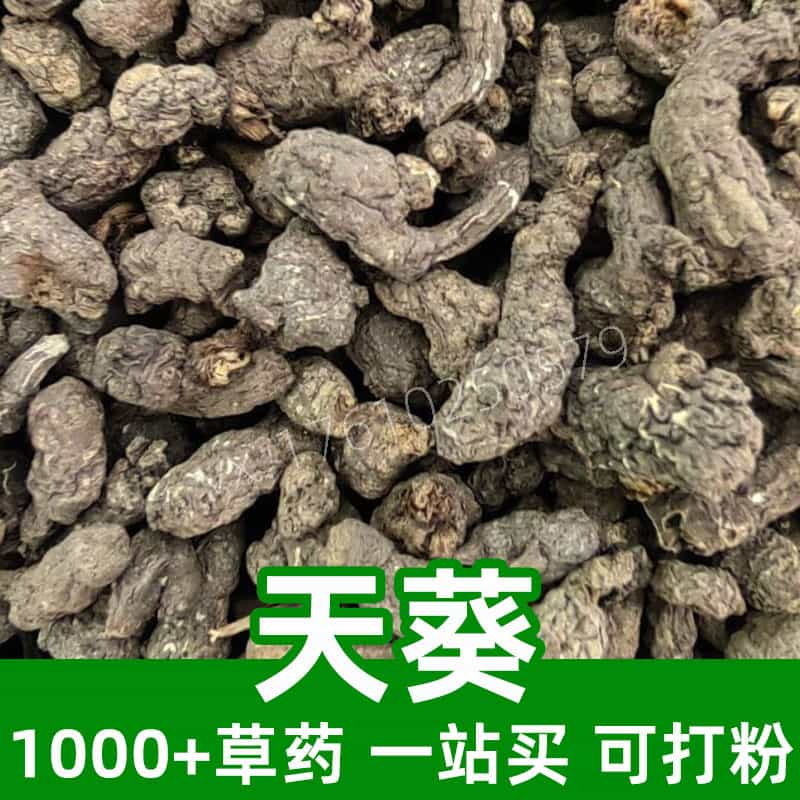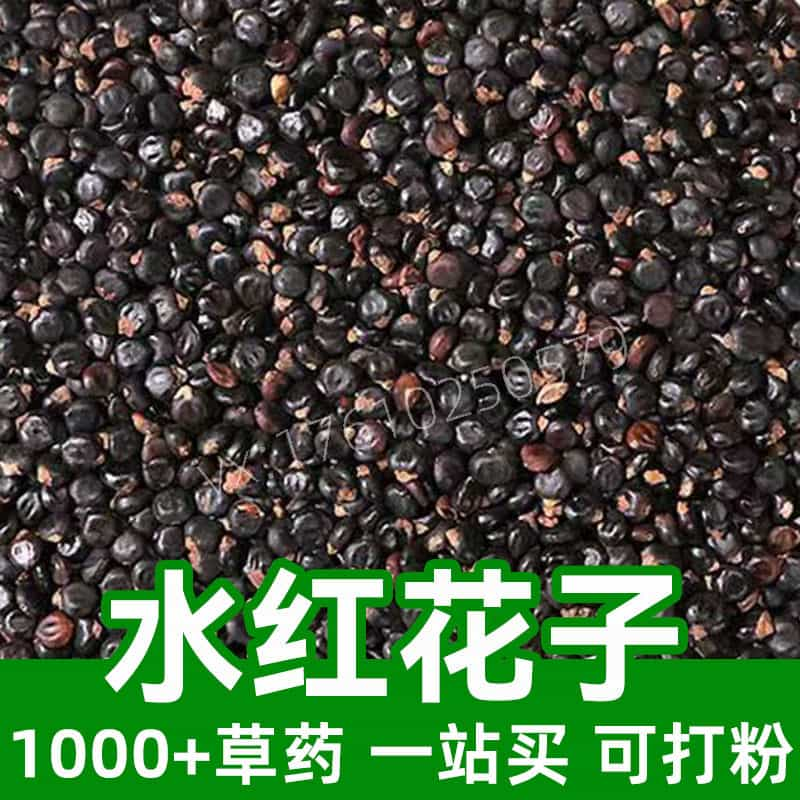Product Introduction
Magnolia Officinalis, often referred to as Hou Po, is a prominent herb in traditional Chinese medicine (TCM) recognized for its calming properties and digestive aid benefits. Sourced primarily from the bark of the Magnolia officinalis tree, which is indigenous to regions in China and Japan, the herb has a rich history of use spanning centuries. The bark of the tree is typically harvested and dried for medicinal purposes, with its unique aroma and flavor profile making it a favored ingredient in various herbal formulations.
The key active constituents of Magnolia Officinalis include honokiol and magnolol, which are known for their multiple health-promoting effects. Beyond its applications in TCM, it is also gaining interest in modern herbal and nutritional practices due to its versatility. Users of Magnolia Officinalis often seek relief from digestive discomfort, anxiety, and stress, as the herb is reputed to calm the mind and regulate digestive processes. The combination of both traditional practices and contemporary applications paints a comprehensive picture of Magnolia Officinalis as both a staple herb in herbal remedies and a modern wellness tool.
Main Active Ingredients
The therapeutic properties of Magnolia Officinalis are primarily attributed to its main active ingredients: honokiol and magnolol. These compounds are biphenyls that embody significant pharmacological attributes traditionally associated with the herb.
Honokiol is recognized for its anxiolytic (anxiety-reducing) and sedative effects. Scientific studies have suggested it may influence neurotransmitter pathways, promoting relaxation without the side effects typically associated with synthetic anxiolytics. Additionally, honokiol exhibits anti-inflammatory properties that may provide supplemental benefits.
Magnolol, on the other hand, also demonstrates anxiolytic and sedative-like properties, with further studies indicating it may enhance cognitive function and exhibit neuroprotective effects. This highlights the potential for Magnolia Officinalis to not only promote relaxation but also support overall brain health.
Other active compounds found within Magnolia Officinalis include various flavonoids, which are known for their antioxidant properties. These flavonoids contribute to the herb’s ability to combat oxidative stress, a contributor to numerous health conditions, and may enhance the overall efficacy of the herb in therapeutic uses.
Collectively, these active constituents highlight Magnolia Officinalis as a multifaceted herbal remedy that addresses both physical and mental wellness, showcasing its long-standing relevance in traditional and contemporary herbal applications.
Product Application Scenarios, Usage, and Dosage
In traditional Chinese medicine, Magnolia Officinalis is predominantly utilized for its calming and digestive properties. For individuals experiencing anxiety, stress, or digestive disturbances, this herb is often recommended as part of a broader herbal formulation.
The typical dosage for Magnolia Officinalis bark can vary based on the preparation method, but it is frequently administered in the range of 3 to 9 grams per day when used in decoction form. For powdered forms, a standard dose may be 1 to 3 grams. Due to its aromatic nature, it is also popular in herbal teas, where it can be steeped alone or combined with other soothing herbs such as chrysanthemum or licorice.
When considering its application in culinary practices, Magnolia Officinalis may be used to flavor dishes or in herbal infusions, primarily for its fragrant and slightly bitter taste. This not only enhances gastronomic experiences but also incorporates its beneficial properties into daily nutrition.
It’s important to note that, like any herbal product, Magnolia Officinalis should be used with caution. Users should consider consulting with a qualified practitioner of TCM, especially if pregnant, nursing, or currently on medication. In addition, people should begin with lower doses to assess individual responsiveness before increasing.
Introduction to the Source Plant, Distribution, and Growth Environment
Magnolia Officinalis is derived from the bark of the Magnolia officinalis tree, a part of the Magnoliaceae family. This species is predominantly found in regions of Eastern Asia, particularly in China and Japan, where it flourishes in forested areas. The tree itself can reach heights of up to 20 meters and typically features large, broad leaves and beautiful magnolia blossoms, which are often used in traditional ceremonies and are prized for their aesthetic value.
The ideal growth environment for Magnolia officinalis includes well-drained, slightly acidic soil enriched with organic matter, thriving in both temperate and subtropical climates. The tree requires sufficient sunlight and is often found in mountainous regions, where humidity levels are elevated. Over the years, efforts to cultivate Magnolia officinalis have increased to meet the growing demand for its medicinal properties.
Sustainable harvesting practices are crucial to preserving wild populations of the tree due to overharvesting concerns. As the plant continues to gain popularity in both traditional and modern applications, there are initiatives focused on conserving its natural habitat while also establishing cultivated sources to ensure a steady supply for future generations.
Harvesting, Processing, and Storage
Harvesting Magnolia Officinalis involves careful selection and collection of mature bark, typically performed in the spring or autumn when the sap flow is optimal. Harvesters strip the bark from branches of mature trees, ensuring to minimize damage to the tree to promote continual growth and regeneration.
Following harvesting, the bark is thoroughly cleaned to remove any residual dirt or impurities and then dried to preserve its active constituents. The drying process typically occurs in shaded, ventilated areas to prevent degradation of the active compounds and to maintain the distinct aroma of the herb. Depending on the processing preferences, the dried bark can be cut into pieces or ground into a fine powder.
Storage of Magnolia Officinalis is vital to ensure its efficacy and shelf life. The herb should be stored in airtight containers, placed in a cool, dry environment away from direct sunlight and extreme temperatures. This helps to prevent the oxidation of its beneficial compounds and preserves the quality of the herb for future use. Under optimal storage conditions, the dried bark can remain effective for several years, making it a valuable addition to any herbal resource.
By understanding the lifecycle of Magnolia Officinalis from its growth to processing and storage, users can appreciate the effort involved in bringing this valuable herb into both traditional and modern uses.
Monica Sun is a seasoned expert in the natural raw materials industry, with over a decade of experience specializing in traditional Chinese medicinal herbs, spices, and fungi. She is skilled in the sourcing, processing, and application of these materials, emphasizing sustainability and innovation. Monica Sun has contributed to the development of high-quality natural raw materials that serve as essential components in functional foods, pharmaceuticals, and cosmetics, delivering tailored solutions to meet diverse market needs.












